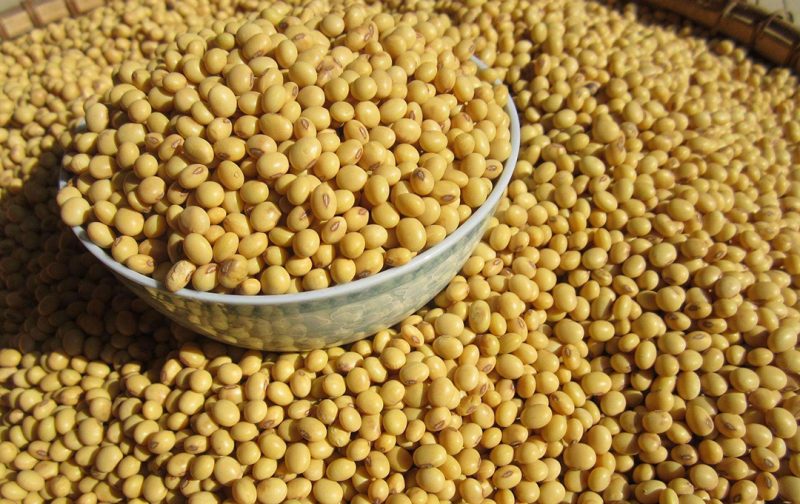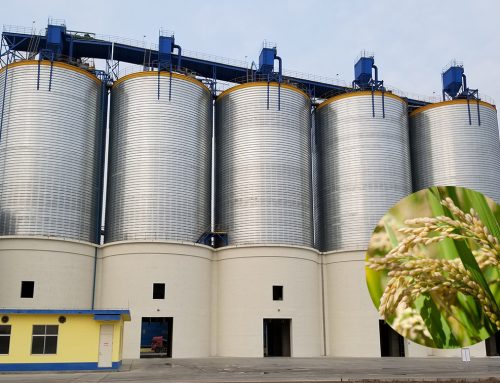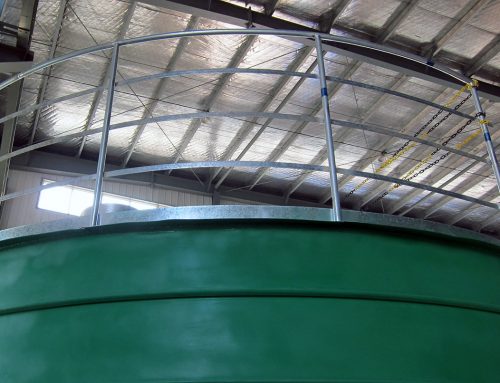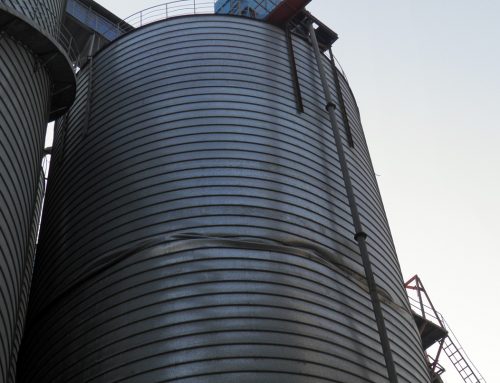Soybean is a very important food crop. It can not only be used as cooking material, but also be made into sauce or used to extract oil.
Because of the large yield of soybeans, many people will use large steel silos to store them. Then, when we use steel silos to store soybeans, what are the problems we need to pay attention to?
Storage Characteristics of Soybeans
Because of its chemical composition, soybean needs to be treated very carefully in the storage process, otherwise the following problems are likely to occur:
1) Hygroscopic mildew. The fat contained in soybean is hydrophobic, and the protein contained is hydrophilic. The moisture content of soybean is concentrated on protein, resulting in high water activity of soybean. At the same time, soybean has strong hygroscopicity. Therefore, it is necessary to do well in damp proofing and moisture prevention when storing soybeans.
2) Deterioration in heat. Excessive temperature will cause soybean deterioration, such as fat decomposition, protein denaturation, etc. These have adverse effects on the quality of soybean, reducing its commercial value and utilization value. Soybean germination rate will be reduced or even lost at higher temperature, so only low temperature storage can effectively maintain the quality of soybean.
3) Water vapor that disturbs temperature. Soybeans have a long maturity period and high enzyme activity. It is prone to release water vapor that would disturb the temperature of the storage environment during long term storage.
4) Oil yield decrease. Soybeans have high heat capacity and low porosity. Heat accumulated over a long period of time will cause oxidative decomposition of fat, resulting in lower oil yield and so on.
Standards for Storage Soybeans
For the soybeans that will be stored in storage silos, we must strictly control their impurity content, complete grain rate, and damage rate. When soybeans are put into storage silo, effective measures must be taken to reduce the accumulation of impurities, change the grain drop point, adjust the conveyor head, and timely clean up the collected light floating impurities to ensure uniform quality of the soybeans.
Choose the right time for storage: avoid the hot season to store soybeans. After soybeans are put into storage silo, the grain temperature must be reduced rapidly to reduce the condensation.
Main Storage Technology for Soybeans
When storing soybeans, the temperature, ventilation, pest control and mildew resistance should be controlled to effectively maintain the quality of soybeans.
1) Temperature control and ventilation. According to local conditions, we should do ventilation in cold season and heat emission in hot season. After soybeans are put into storage silo, they should be ventilated and cooled by using the low temperature of the environment. Mechanical ventilation can also be used to cool down them. At the same time, attention should be paid to keeping moisture in soybeans.
2) Pest control. Once any Indian grain moth or other harmful moths is found, effective measures such as hanging strip fumigation or light trapping should be taken in time.
3) Sealed storage. The steel silo used to store soybeans should have brilliant air tightness. Respiratory oxygen consumption of soybean will form a naturally sealed anoxic storage environment in steel silos, and also achieve the effect of bacteriostasis and mildew prevention.
Conclusion
The storage measures for soybeans should be based on local climate characteristics, warehouse performance, and quality of soybeans. During the storage, Soybeans’ moisture content, impurity content, storage temperature and humidity should be controlled in a safe range.
Anyang Flyer Steel Silo can provide brilliant storage silos for soybean storage. Our steel silos are renowned for their good air-tightness, temperature control system, and durability.
If you have any thoughts about soybean storage, please contact us via E-mail or the contact form below!




